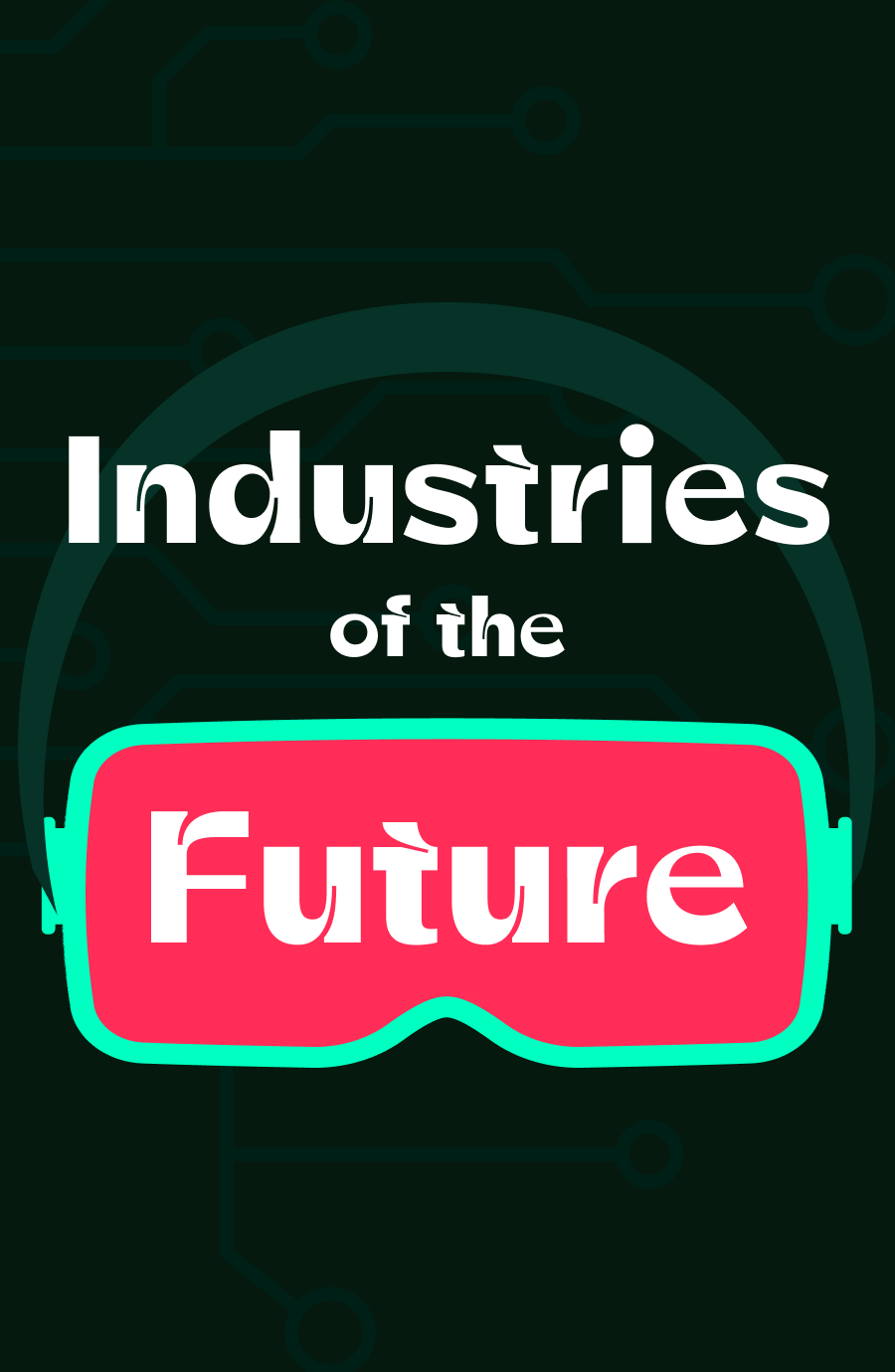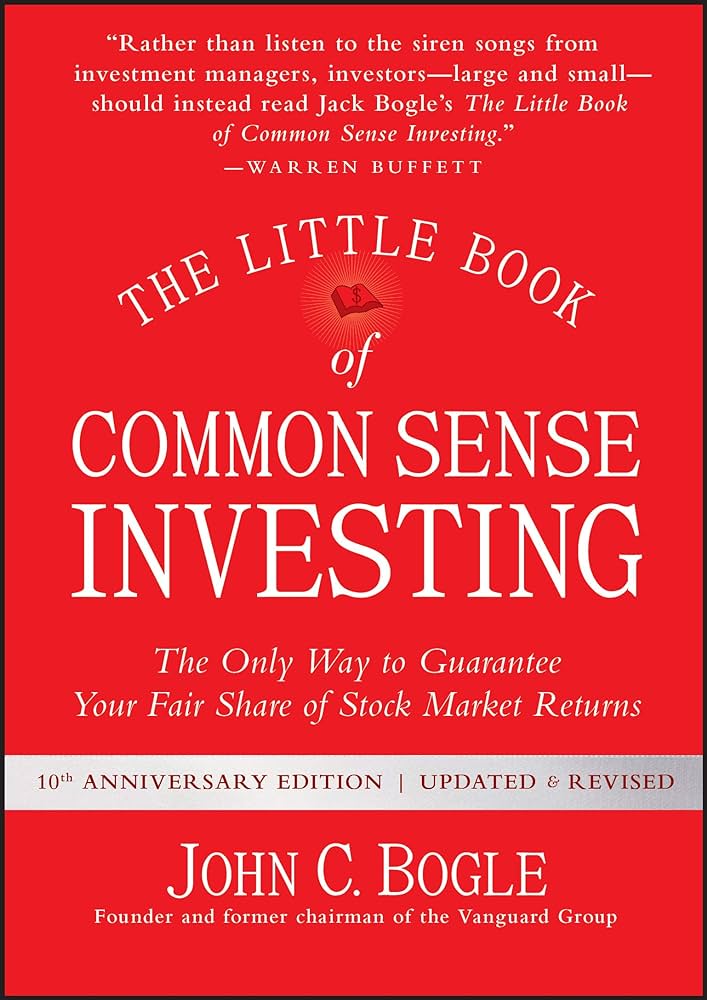Lesson 1- Robots are no longer Science Fiction
The world as we know it has undergone radical transformations in the past few decades. The old industrial economy has been replaced by a fast-paced advanced economy due to a wave of innovations and technological advancements in the wake of raging globalization.
The way Japanese companies reinvented cars in the 1970s and consumer electronics in the 1980s, they are now reinventing the family. The robots depicted in the movies and cartoons of the 1960s and 1970s will become the reality of the 2020s. Rival Japanese companies Toyota and Honda are leveraging their expertise in mechanical engineering to invent the next generation of robots. Toyota built a nursing aide named Robina, a female robot, 60 kilograms in weight and 1.2 meters tall, that can communicate using words and gestures. Robina’s brother, Humanoid, serves as a multipurpose home assistant. He can do the dishes, take care of your parents when they are sick, and even provide impromptu entertainment. Honda has created ASIMO (the Advanced Step in Innovative Mobility robot), a fully functional humanoid, to interpret human emotions, movements, and conversations.
Japan already leads the world in robotics, operating 310,000 of the 1.4 million industrial robots in existence across the world. It's turning to eldercare robots partly due to compulsions and partly because it is in a great position to leverage its advanced industrial technology toward the long assembly line of the human lifespan. However, there are several challenges related to the development of robot technology. It remains difficult to design robots capable of intimate activities like bathing patients or brushing their teeth, etc. Japan, China, the United States, South Korea, and Germany are known as the Big Five in robotics. Japan, the United States, and Germany dominate the landscape in high-value industrial and medical robots, and South Korea and China are major producers of less expensive consumer-oriented robots. The big five’s comparative advantage might even accelerate in the future, for these are the same countries that are most likely to incorporate the next generation of robotics into society, work, and home. As robotics starts to spread, the degree to which countries can succeed in the robot era will depend in part on culture as to how readily people accept robots into their lives.
The first wave of labour substitution from automation and robotics came from jobs that were often dangerous, dirty, and dreary and involved little personal interaction, but increasingly, robots are encroaching on jobs in the service sector that require personalized skills. The recent exponential growth of robot data is due largely to the development of cloud robotics, a term coined by Google researcher James
Unlock Knowledge with Wizdom App
Explore a world of insights and wisdom at your fingertips with the Wizdom app.
 1 Million+ App Download
1 Million+ App Download  4.9App Store Rating
4.9App Store Rating 5000+Summaries & Podcasts
5000+Summaries & Podcasts









